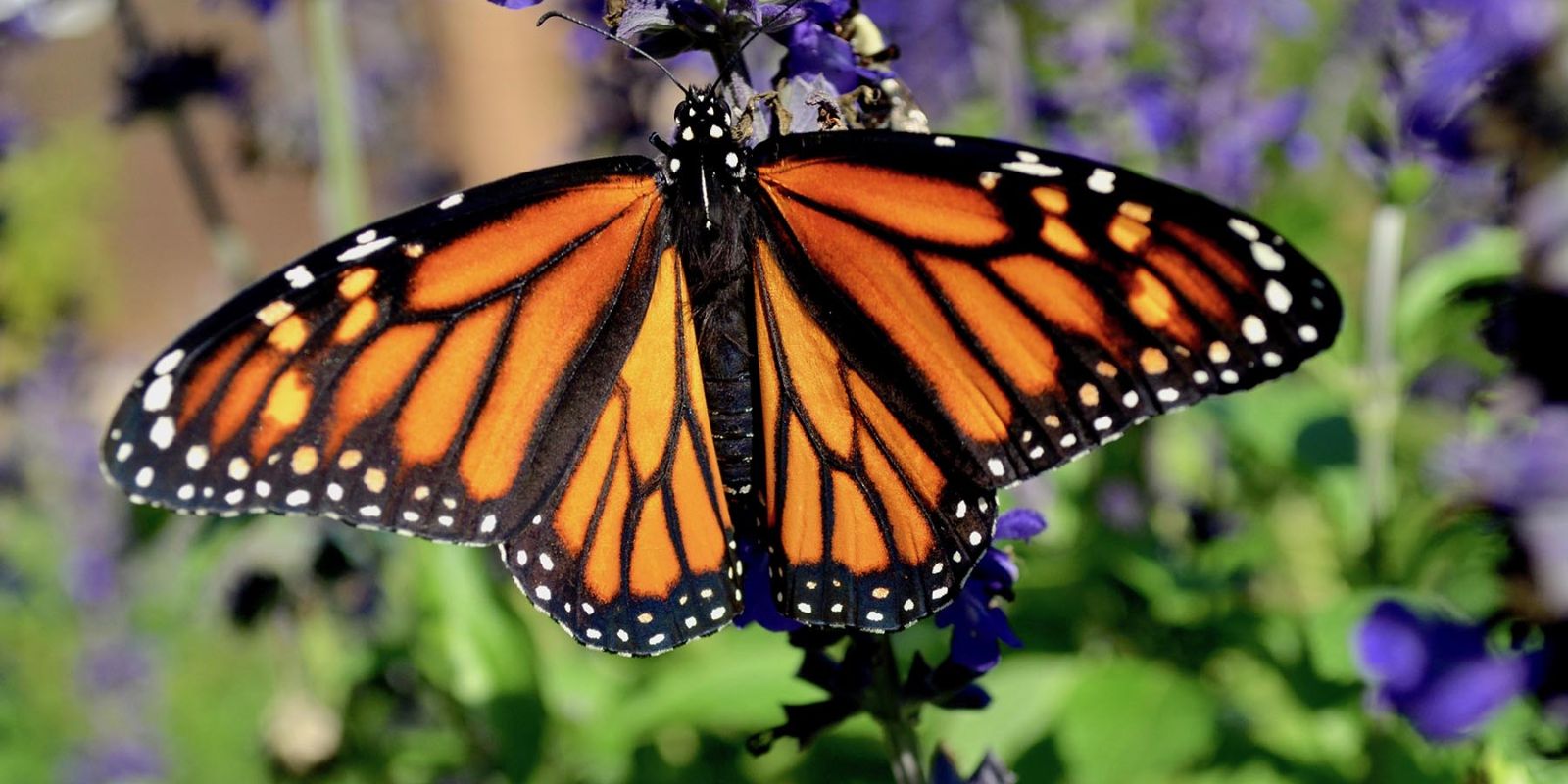Creating a butterfly garden is a rewarding way to enhance your outdoor space while contributing to the well-being of these vital pollinators. A well-designed butterfly garden not only adds beauty to your landscape but also supports local ecosystems by providing essential resources for butterflies throughout their life cycle. In this comprehensive guide, we’ll explore the steps to design a butterfly garden that attracts and supports these enchanting creatures.
Why Design a Butterfly Garden?
Butterflies are not only beautiful but also play a crucial role in pollination, which supports the health of many plants and flowers. By designing a garden specifically for butterflies, you help sustain their populations and create a vibrant, dynamic outdoor space. A butterfly garden offers:
- Aesthetic Appeal: Bright, colorful flowers and the graceful fluttering of butterflies add visual interest.
- Educational Opportunities: Observing butterflies and learning about their life cycles can be a fascinating experience for all ages.
- Environmental Benefits: Supporting butterflies helps maintain ecological balance and promotes biodiversity.
Step 1: Choose the Right Plants
Selecting Plants for Nectar:
Butterflies are attracted to nectar-rich flowers, which provide them with the energy they need. When choosing plants, consider a variety of species that bloom at different times throughout the growing season to ensure a continuous food source.
Recommended Nectar Plants:
- Milkweed (Asclepias spp.): Essential for monarch butterflies, milkweed produces clusters of small flowers that are rich in nectar.
- Lavender (Lavandula spp.): With its fragrant purple flowers, lavender attracts various butterfly species and adds a lovely scent to your garden.
- Coneflowers (Echinacea spp.): These hardy flowers come in a range of colors and are popular with butterflies for their large, daisy-like blooms.
- Butterfly Bush (Buddleia spp.): Known for its long, fragrant flower spikes, the butterfly bush is a magnet for butterflies.
Including Host Plants:
Host plants are crucial for the survival of butterfly larvae (caterpillars). These plants provide food for caterpillars and are essential for their development.
Recommended Host Plants:
- Dill (Anethum graveolens): A favorite of swallowtail butterflies, dill offers food for caterpillars and adds a fresh flavor to your kitchen.
- Parsley (Petroselinum crispum): Another host plant for swallowtail caterpillars, parsley can be grown in pots or garden beds.
- Fennel (Foeniculum vulgare): Fennel attracts swallowtail butterflies and adds a unique, aromatic herb to your garden.
- Violets (Viola spp.): Essential for fritillary butterflies, violets provide both nectar and larval food.
Step 2: Create Shelter and Habitat
Adding Shelter:
Butterflies need shelter from predators and harsh weather conditions. Including elements that provide protection and resting places is essential.
Suggestions for Shelter:
- Shrubs and Small Trees: Incorporate dense shrubs or small trees to offer butterflies protection and create a more natural habitat.
- Leaf Litter and Logs: Leaving leaf litter and small logs around your garden provides additional shelter and encourages beneficial insects.
- Butterfly Houses: Installing butterfly houses or wooden boxes can offer shelter and a resting place for butterflies.
Providing Safe Spaces:
- Avoid Pesticides: Pesticides can be harmful to butterflies and other beneficial insects. Opt for natural pest control methods to keep your garden safe.
- Create a Nectar Bar: Arrange your nectar plants in clusters to create a “nectar bar” where butterflies can easily find food.
Step 3: Provide Water Sources
Setting Up a Water Source:
Butterflies need water to stay hydrated. Providing a shallow water source is a simple yet effective way to attract and support butterflies.
Water Source Ideas:
- Shallow Birdbath: Use a birdbath with a shallow basin to allow butterflies to land and drink safely.
- Stone Basin: Place a flat stone or shallow dish filled with water in your garden. Add small stones or gravel to create landing spots.
- Wet Sand or Mud: Butterflies also enjoy drinking from wet sand or mud puddles. Create a small area of damp sand or soil in a sunny spot.
Step 4: Design for Continuous Bloom
Planning for Year-Round Bloom:
To keep butterflies visiting your garden throughout the growing season, plan for a succession of blooms.
Tips for Continuous Bloom:
- Choose Plants with Staggered Bloom Times: Select plants that bloom at different times to provide a continuous supply of nectar.
- Include Early and Late Bloomers: Incorporate plants that flower early in the spring and late into the fall to ensure butterflies have food throughout the year.
Recommended Plants for Continuous Bloom:
- Early Bloomers: Hellebores, primroses, and pansies.
- Mid-Season Bloomers: Black-eyed Susans, zinnias, and marigolds.
- Late Bloomers: Asters, sedums, and mums.
Step 5: Maintain Your Butterfly Garden
Regular Maintenance:
Proper maintenance ensures that your butterfly garden remains attractive and supportive for butterflies.
Maintenance Tips:
- Deadhead Flowers: Regularly remove spent flowers to encourage more blooms and prevent the garden from looking untidy.
- Prune Plants: Trim and shape plants to promote healthy growth and prevent overcrowding.
- Monitor Plant Health: Keep an eye out for diseases or pests and address issues promptly to maintain a healthy garden.
Seasonal Tasks:
- Spring: Clean up debris, cut back dead plant material, and replant or add new flowers as needed.
- Summer: Water regularly, especially during dry spells, and ensure that nectar and host plants are thriving.
- Fall: Leave some plant material and seed heads for winter shelter and food for butterflies and other wildlife.
Conclusion
Designing a butterfly garden is an enriching project that benefits both you and the environment. By carefully selecting plants, providing shelter, and ensuring a continuous supply of nectar, you create a haven for butterflies to thrive. Not only will your garden become a vibrant and dynamic space, but you will also contribute to the conservation of these essential pollinators.
Start planning your butterfly garden today and share your progress with the gardening community using #ButterflyGarden #PollinatorFriendly #GardenMagic #AttractButterflies. Embrace the beauty and joy of a garden that supports and celebrates the delicate flutter of butterflies!

